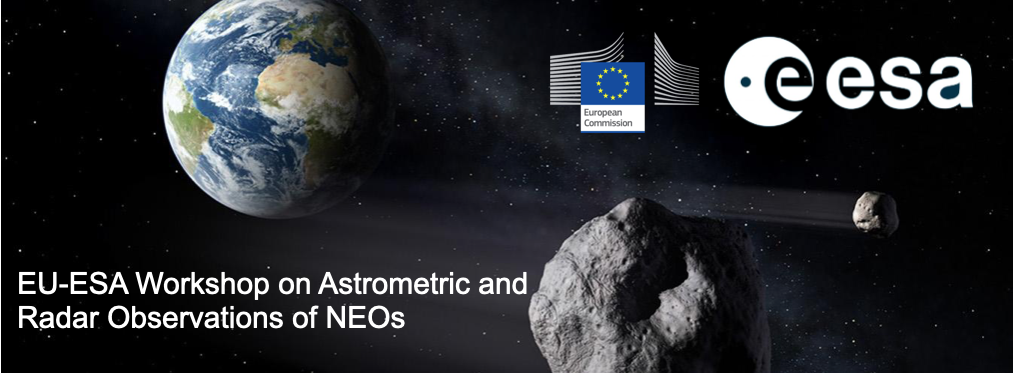Speaker
Description
Detecting Near-Earth Objects (NEOs) is crucial for planetary defense, but traditional "blink" methods relying on large telescopes are becoming prohibitively expensive. Synthetic Tracking (ST) offers a cost-effective alternative, utilizing smaller telescopes and combining images to enhance signal-to-noise ratio. However, the computational demands of ST, particularly for fast-moving NEOs, have hindered deployment to large surveys.
We present Synthetic Tracking on Umbrella (STU), a real-time NEO detection software leveraging modern Graphics Processing Units (GPUs). Built upon the Umbrella2 library, STU achieves real-time processing through high pixel processing rates from optimized hardware utilization and by leveraging innovative search strategies. We have demonstrated real-time capabilities on the 2.54m Isaac Newton Telescope (with 4x9 megapixel CCDs, 70 minute intercalation of fields) and the 1.6m KASI telescope (4x85 megapixel CCDs, 21 minute fields) searching all possible trajectories for NEOs up to 10 arcseconds per minute, using a PC with a GPU under 1000 dollars. We have also applied the unmodified software to detection of space debris, up to speeds of thousands of arcseconds per minute, showing a successful detection by STU of an object with a 35-pixel long trail.
We show some of the key concepts behind the speed of STU and present some of the updates done in newer versions (v0.7), where we have achieved co-adding trillions of pixels per second. We also present some of the accuracy figures achieved by STU, discussing its current capabilities and improvment potential. Based on these results, we expect synthetic tracking to become the detection method used in future surveys targeting NEOs.

